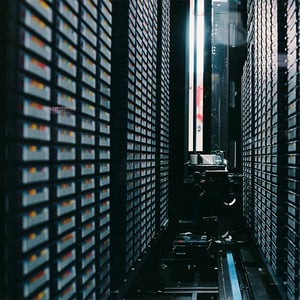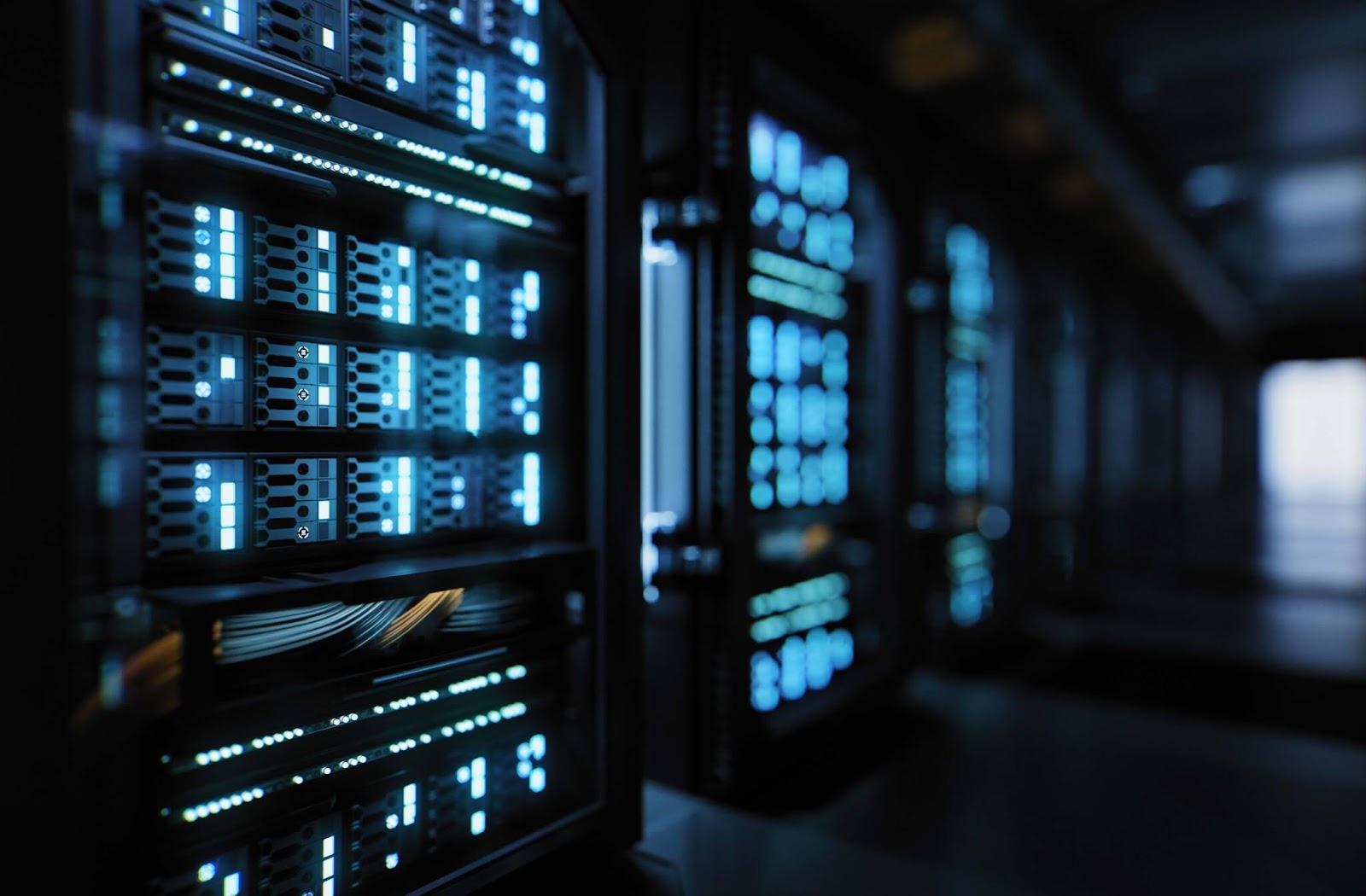
Facing the Data Center Power Density Challenge
In today's big data world, massive amounts of data are analyzed to run businesses, conduct research, build products, advance healthcare and more. All this number crunching requires power – more power than data centers have ever used before. For this reason, data center power density – the amount of power used by a fully populated server rack, measured in kilowatts (kW) per rack – is increasing, and presenting challenges to data center operations.

Power Density Is Growing Rapidly
Data center power densities are clearly increasing across the industry. From 2017 to 2022, the average server rack density went up from about 5 kW to 8-10 kW – as much as 100% growth – according to estimates from multiple sources. The Uptime Institute Global Data Center Survey 2022 states, “more than a third of data center operators surveyed say their densities have rapidly increased in the past three years.”1
AFCOM's 2022 State of the Data Center Report corroborates this trend, stating, “A majority (69%) reported that their rack density has increased over the past three years, and of that, 13% of respondents indicated that the rack density increased significantly.”2 An early look at AFCOM’s 2023 State of the Data Center Report shows the highest average rack density jump over previous years – about 20% – and 60% of respondents expect rack density to rise over the next one to three years.3
On Datacenterdynamics.com, Linn Gowen, VP of Business Development at 1623 Farnam, observed, “Rack density needs are beginning to expand at a rate that will soon become alarming…by 2025 some anticipate a density of 15 to 20 kW per rack will be the norm.”4 Even today, larger data centers already support rack densities ranging from 20 to 200 kW.
High Performance Computing Drives the Need for Power
What is precipitating the increase in data center power density? More power per rack makes high-performance computing possible, and several of today's technology trends drive that need for greater computing power:
- Artificial Intelligence: The most prominent trend is the rapid adoption of AI. “A major factor in rising densities is the rise of data-crunching for artificial intelligence (AI). Powerful new hardware for AI workloads is packing more computing power into each piece of equipment, boosting the power density,” Rich Miller of Data Center Frontier confirms.5
- Data Analytics: High-performance computing is needed to process the deluge of data coming from myriad sources in a variety of use cases such as scientific research, engineering, healthcare, finance, business intelligence, software development and IT operations, to name just a few.
- Internet-of-Things (IoT): A major factor behind the need for more computing power, the IoT requires real-time data processing for billions of “smart” devices connected to the internet – from industrial sensors and connected vehicles to home appliances and wearables.
Other compute-intensive workloads demanding higher data center power densities include machine learning (ML), cryptocurrency mining, blockchain, high-definition video streaming, gaming and virtual reality.
In addition, the need for more computing power results in the proliferation of processors with higher capacity, such as GPUs (graphics processing units). Uptime Institute's report, Five Data Center Predictions for 2023, found that greater power consumption in data centers “is being driven primarily by the mass-market emergence of higher-powered server processors that are attractive for their performance and often superior energy efficiency if utilized well.”6
Colocation and Cloud Connections Solve the Power Density Challenge
The need for greater power density is only going to increase, and this presents an ongoing challenge for organizations that operate their own data centers. As the demand for computing power escalates, and the need for higher power density intensifies accordingly, enterprises look to data center colocation and direct cloud connections as the solution.
Colocating your servers alleviates the constant pressure to increase power density in your own data center. A data center provider like CoreSite can take on the responsibility of managing your high-power density needs and provide on-demand scalability for your data-intensive workloads.
In addition, a direct connection to a major cloud provider – a dedicated interconnect within a colocation facility – is a more reliable and economical approach to accessing Big Data in the cloud. A direct connection delivers low latency when transferring large data sets for high performance computing.
Schedule a meeting with CoreSite today to find out how you can meet the power density challenge.










